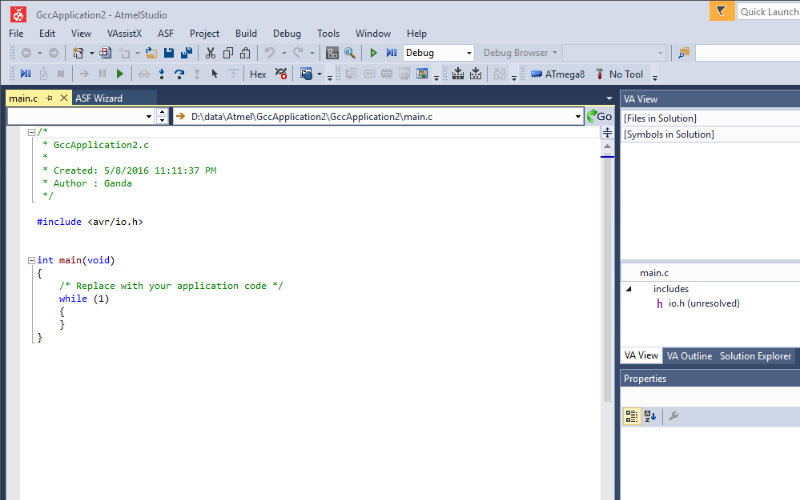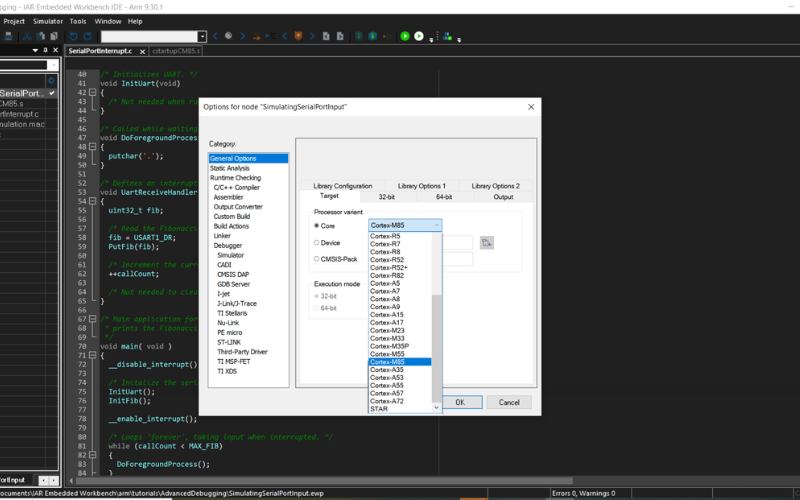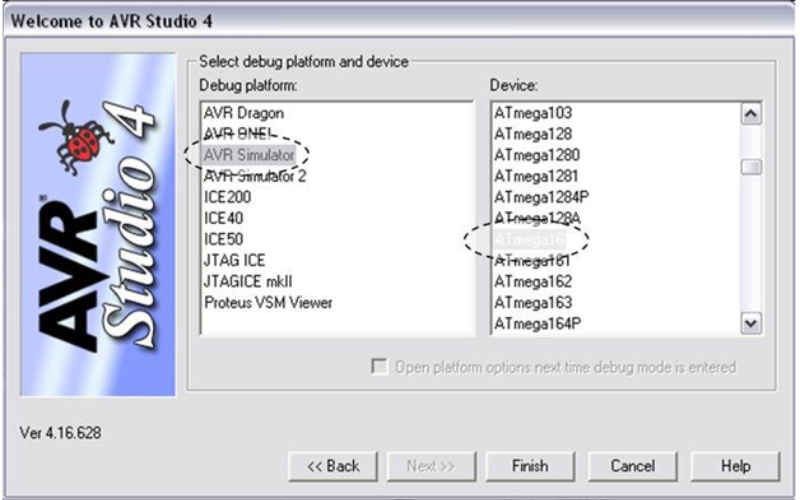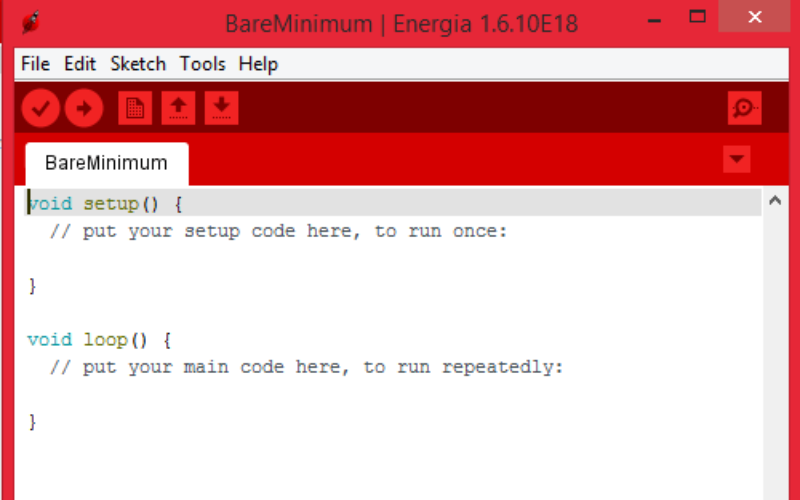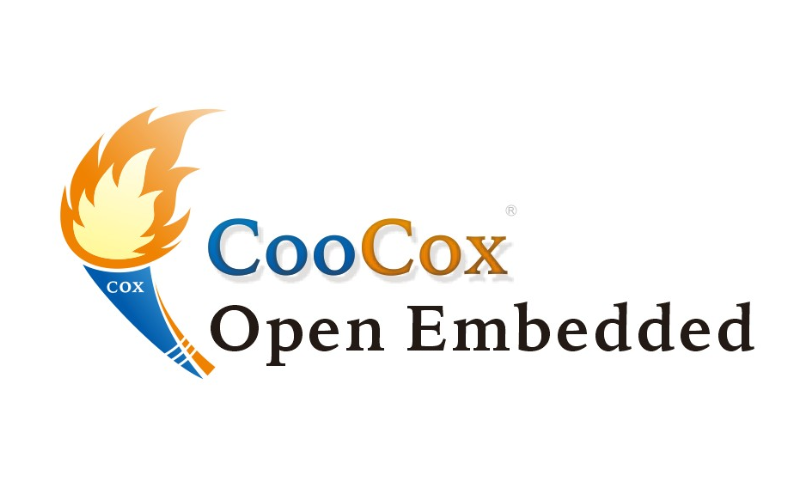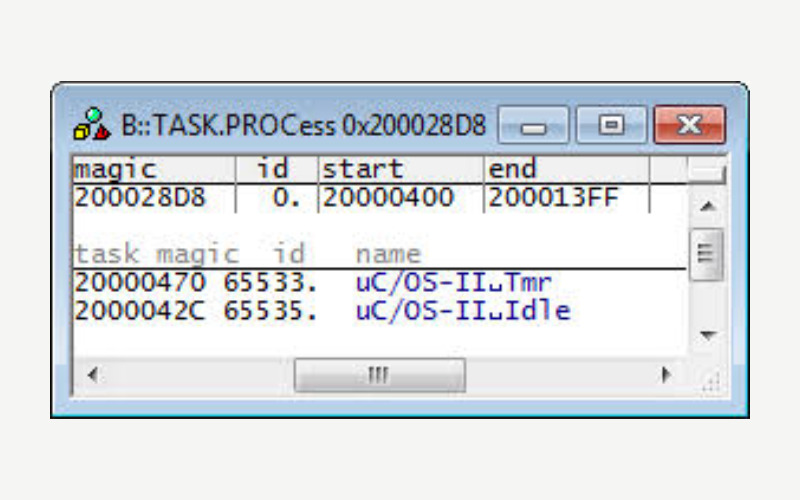Microcontrollers are tiny computers on a single integrated circuit designed to control and operate a specific hardware or software system. On a single chip, it includes a central processing unit (CPU), Input/Output (I/O) peripherals and memory. A software development environment supports the microcontroller to program microcontrollers. Integrated Development Environment (IDE) provides a text editor for writing code, a compiler for converting source code into machine code, and a debugger for troubleshooting and testing code. Here are some assets such as:
1. Arduino ID
Boards containing Arduino-based microcontrollers are created and programmed using an application known as Arduino Ide. On the laptop or computer, first download and install it. Then, use a USB cable to link that board to the laptop or computer, and use that IDE to create and upload code to that board.

2. Atmel Studio
An integrated development environment called Atmel Studio is used for programming Atmel’s ARM processor-based microcontrollers as well as creating and debugging software for AVR microcontrollers. It provides several programming languages, including C and C++, and comes with a project management tool, debugger and code editor.
3. Mplab X IDE
An IDE for Microchip’s PIC microcontrollers is called Mplab X Ide It has tools for designing and fixing PIC microcontrollers, such as a compiler, debugger, code editor. Its user interface is simple. It includes several helpful features, such as code profiling, data monitoring,and graphical data visualisation, and supports a wide range of PIC devices.
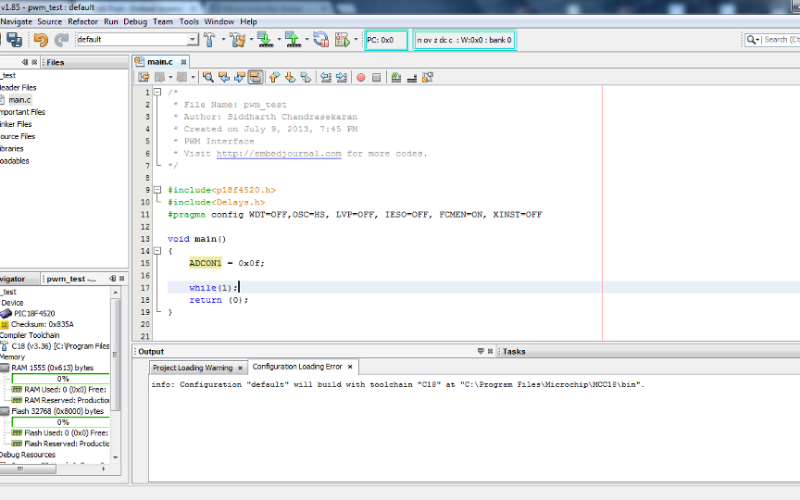
4. Stm32cube IDE
Based on the Eclipse platform, Stm32cubeide is an IDE for creating and debugging applications for STM32 microcontrollers. It supports several programming languages, including C++ and C, and comes with a project management tool, a debugger, and a code editor.
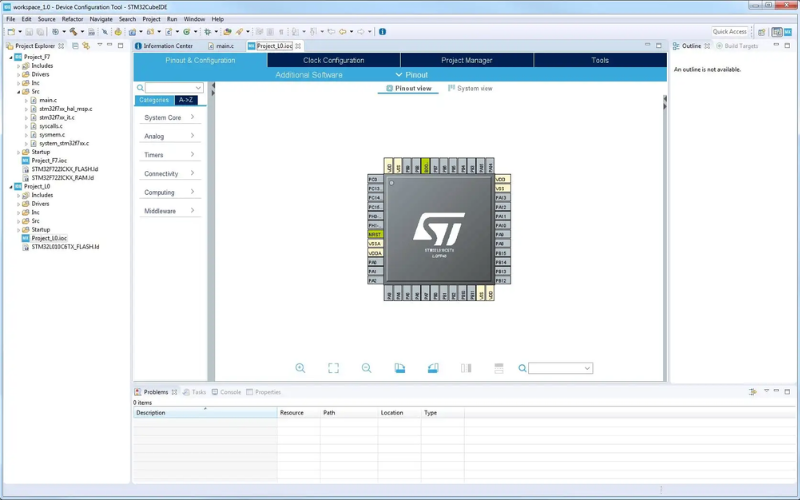
5. Platformio
Platformio, an open-source ecosystem for IoT development, offers a common platform administration interface and an IDE with features including debugging,code completion, and library management.Its extensible plug-in system and command-line interface make it a powerful tool for IoT development.

6. Keil µvision IDE
A well-liked integrated development environment (IDE) for creating embedded systems, especially those based on ARM Cortex-M microcontrollers, is Keil Vision IDE. It supports several languages for programming, including C++ and C, and comes with a project management tool, a code editor, and a debugger. Code highlighting, code completion, and integrated help documentation are just a few of the capabilities offered by it.
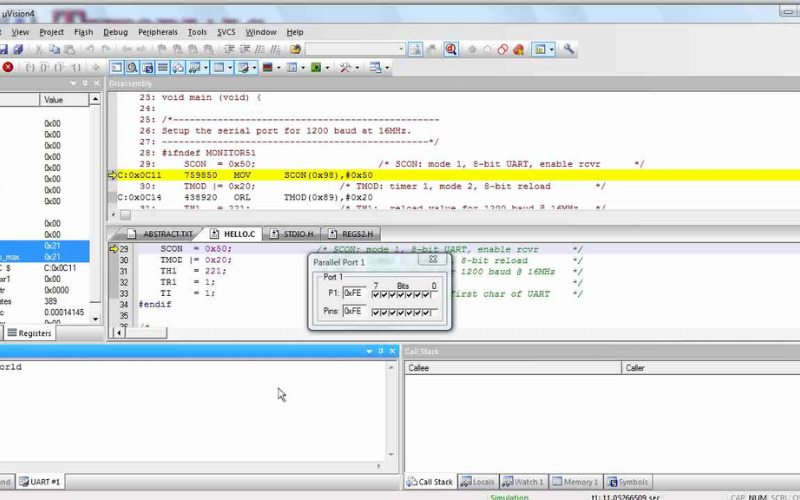
7. Code Composer Studio
An integrated development environment (IDE) for Texas Instruments microcontrollers is called Code Composer Studio (CCS). Numerous TI microcontrollers are supported, including the MSP430, MSP432, C2000, Tiva, and Hercules. A complete collection of tools, including a debugger, a code editor, a compiler, and support for real-time operating systems (RTOS), are offered by it.
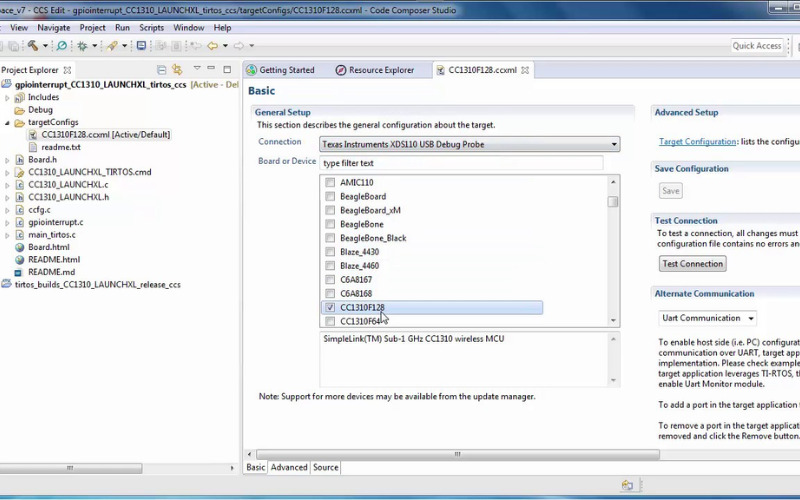
8. Iar Embedded Workbench
A popular IDE for developing embedded software for several microcontrollers is Iar Embedded Workbench. It offers built-in debugging capabilities and supports several programming languages, including C, C++, and assembly. Compiler, assembler, linker, and debugger are only a few of the software development tools offered by it.
9. Avr Studio
An IDE called Avr Studio was created exclusively for writing code for Atmel AVR microcontrollers. It supports many programming languages, including C and assembly, and has an intuitive user interface. Avr Studio comes with several tools, such as a debugger, an assembler and a simulator, and it allows in-circuit debugging.
10. Energia
Based on the Wiring and Arduino framework, Energia is an open-source electronics prototyping platform. Offering a user-friendly interface, it enables quick development of microcontroller-based applications. Several microcontrollers including the TivaC, MSP430, MSP432, and CC3200, are supported by it. It features a user-friendly interface makes learning simple, and it is compatible with both Mac and Windows operating systems.
11. Microchip Studio
An Integrated Development Environment called Microchip Studio can be used to program and design microcontroller-based applications. It is a free, built-in tool created by Microchip Technology which is extensible with the Windows operating system.SAM4, SAM3, SAM D and AVR are a few of the Microchip microcontrollers it supports. Code for these microcontrollers can be written, compiled, and debugged using the tool.
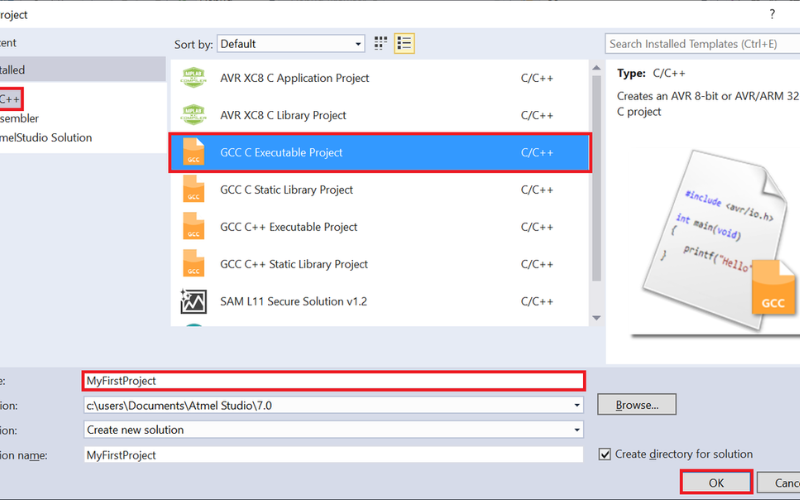
12. Visual Studio Code
Microsoft created Visual Studio Code, a portable and cross-platform code editor. Several programming languages are supported and expanded through plugins. An intuitive user interface, source control integration and code debugging are its features. Through plugins for several embedded platforms, including ARM and AVR, it provides programming for embedded devices.
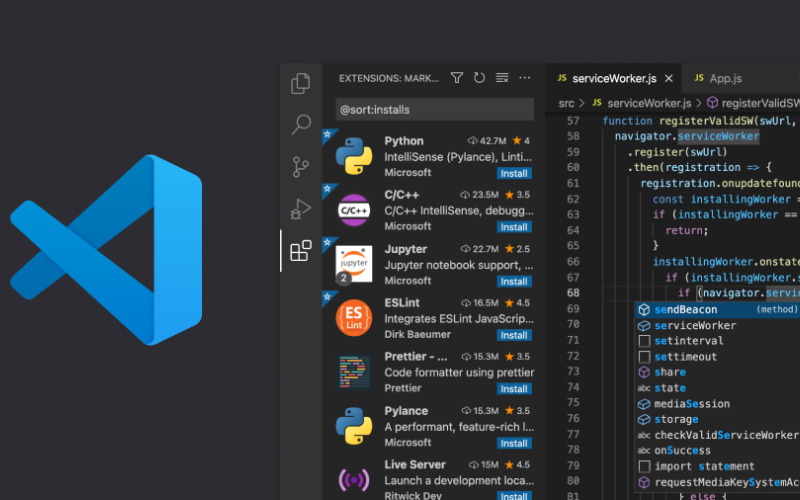
13. Eclipse IDE
C++, C, Java, and Python are just a few of the programming languages and platforms which are supported by open-source Eclipse Ide. It has several extensions and plugins to accommodate different development techniques, and it is very adaptable. Compilers, debuggers, and code analysis tools are just a few of the embedded systems development tools that are supported by the Eclipse Ide.

14. Crossworks For Arm
A commercial IDE created for creating software for ARM-based microcontrollers is called Crossworks For Arm. It has several capabilities, including support for several development boards, ARM processors, and tools for debugging, code editing, and optimisation. Developers can write C++ or C code using the high-level language compiler offered by it.
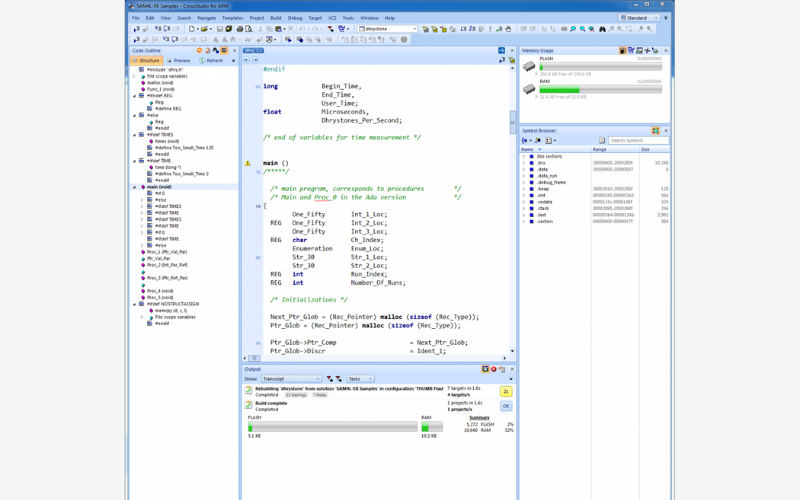
15. Segger Embedded Studio
Commercial IDE made for developing embedded systems is Segger Embedded Studio. Cortex-M, ARM, and RISC-V are just a few of the many microcontroller architectures it supports. A code editor, debugger, and optimisation tools are all included in it, along with support for Real-Time Operating Systems (RTOS) and other software elements frequently used in the creation of embedded systems.
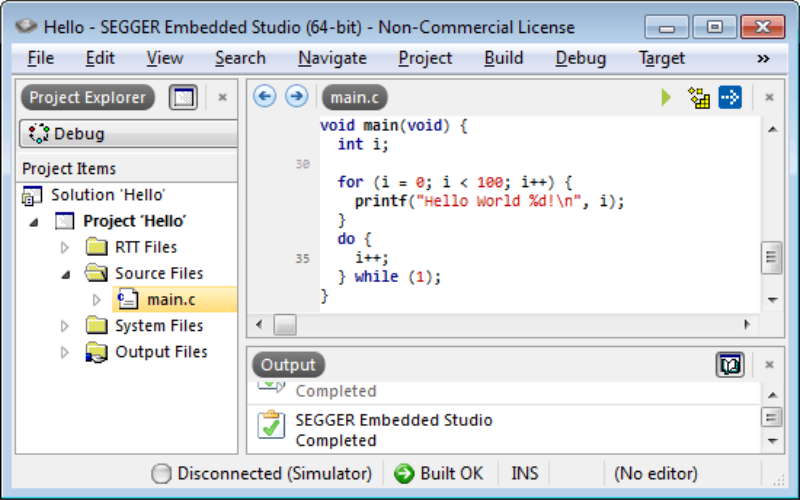
16. CoIDE
MSP430, ARM Cortex-M and STM8 are just a few of the microcontrollers which are supported by open-source IDE Coide. It supports a range of development boards and debugging interfaces and comes with a debugger, code editor, and project manager. Additionally, it supports programming languages like C++ and C and communication protocols like I2C, SPI, and UART.

17. Renesas E² Studio
For a wide range of Renesas microcontrollers, Renesas e2 studio tool is an Eclipse-based IDE which supports the entire development cycle including correction of code, flash programming and debugging. Its wide range of functionalities which includes optimisation of performance based on bits consumed, code analysis, and memory profiling, make it a choice for experts to develop embedded applications, systems, and devices.
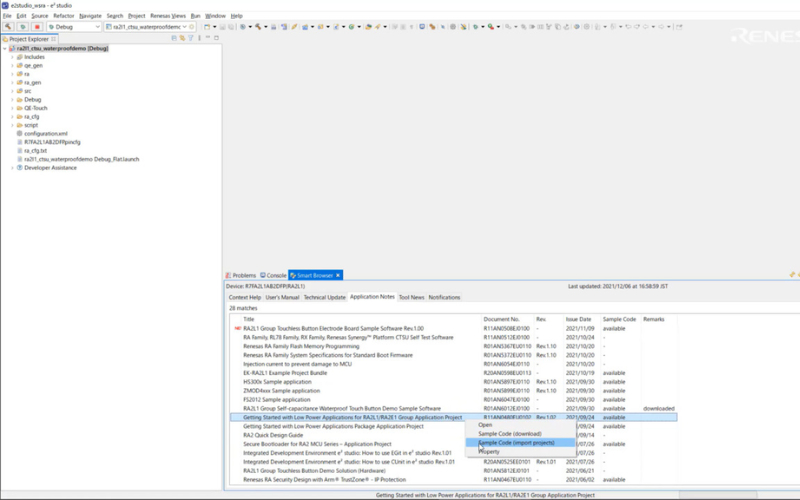
18. Silicon Labs Simplicity Studio
A unique Integrated Development Environment (IDE) for Silicon Labs microcontrollers is called Simplicity Studio. They can be developed, designed, and debugged using the tools featured. Project management tools, a code editor, and a debugger are among the features offered by the platform. To make it easy for developers to get started with the platform, it contains a sizable library of example code and peripheral drivers.
19. CooCox CoIDE
CooCox company created the free-to-use CooCox Coide application. It aids the development and design of embedded devices, applications, and systems by providing services and functions such as code editing, compiling and troubleshooting. NXP, STMicroelectronics, and Texas Instruments are a few of the buyers which provide support for Cortex-M microcontrollers and families.
20. µc/os-ii IDE
Software called C/OS-II IDE offers an IDE to develop and create embedded devices and systems based on the real-time kernel of C/OS-II.Synchronisation,inter-task communication and preemptive multitasking are provided by the real-time kernel to create embedded systems for dependability, maintainability, performance, and real-time responsiveness. Developers of embedded devices and applications use it in various fields such as communication, retail, medical, automotive, aerospace and telecommunications sectors.

